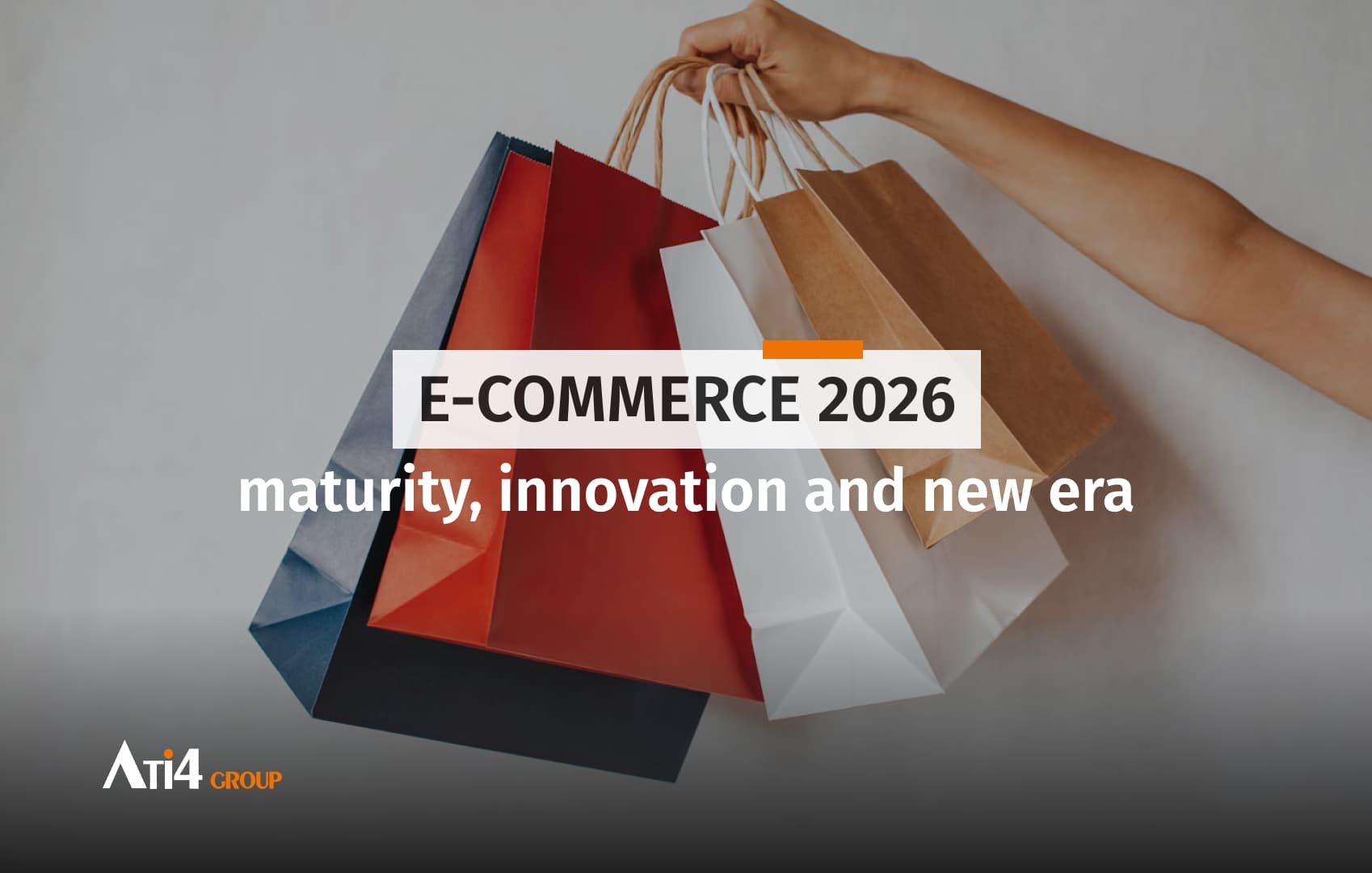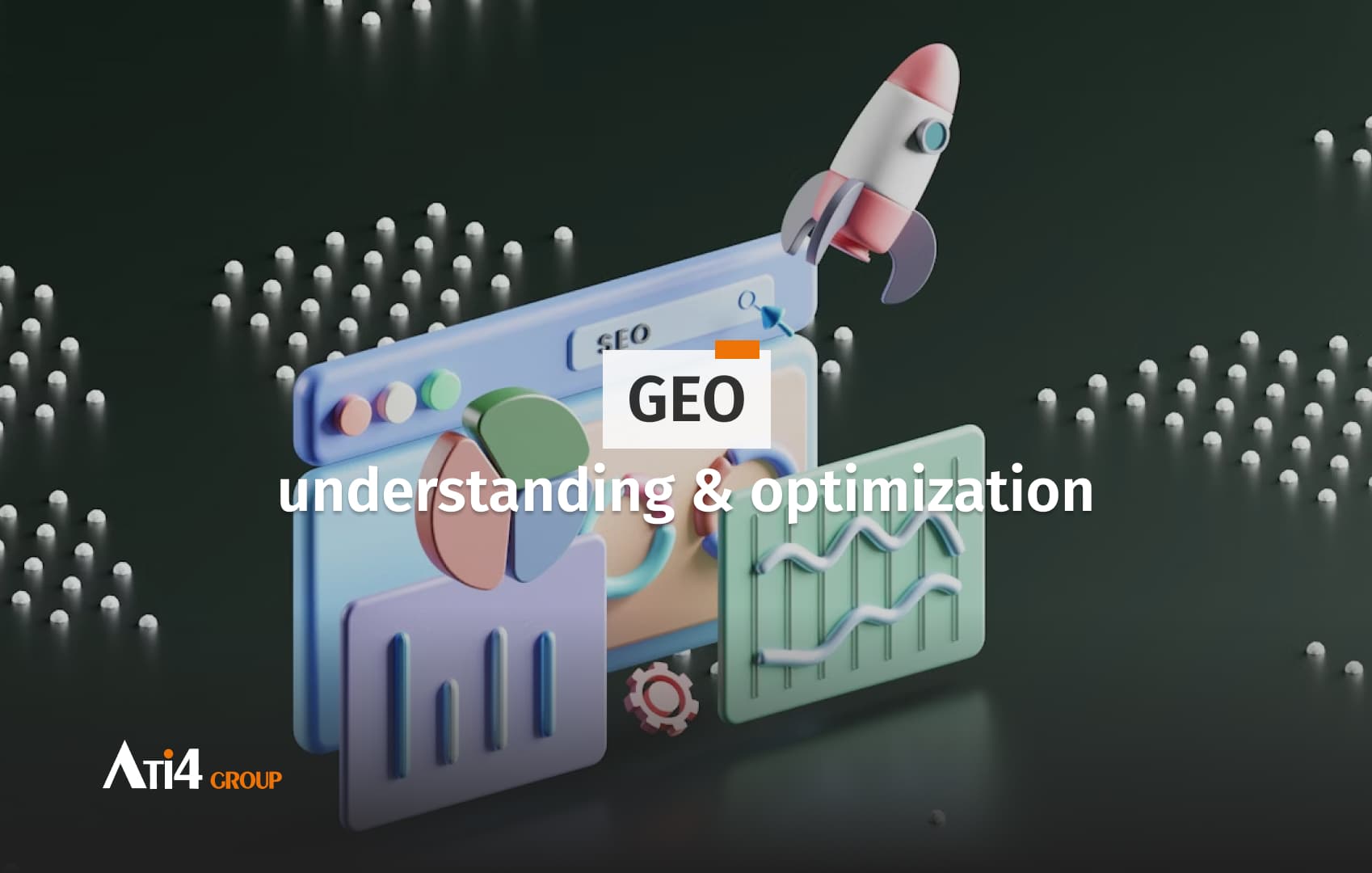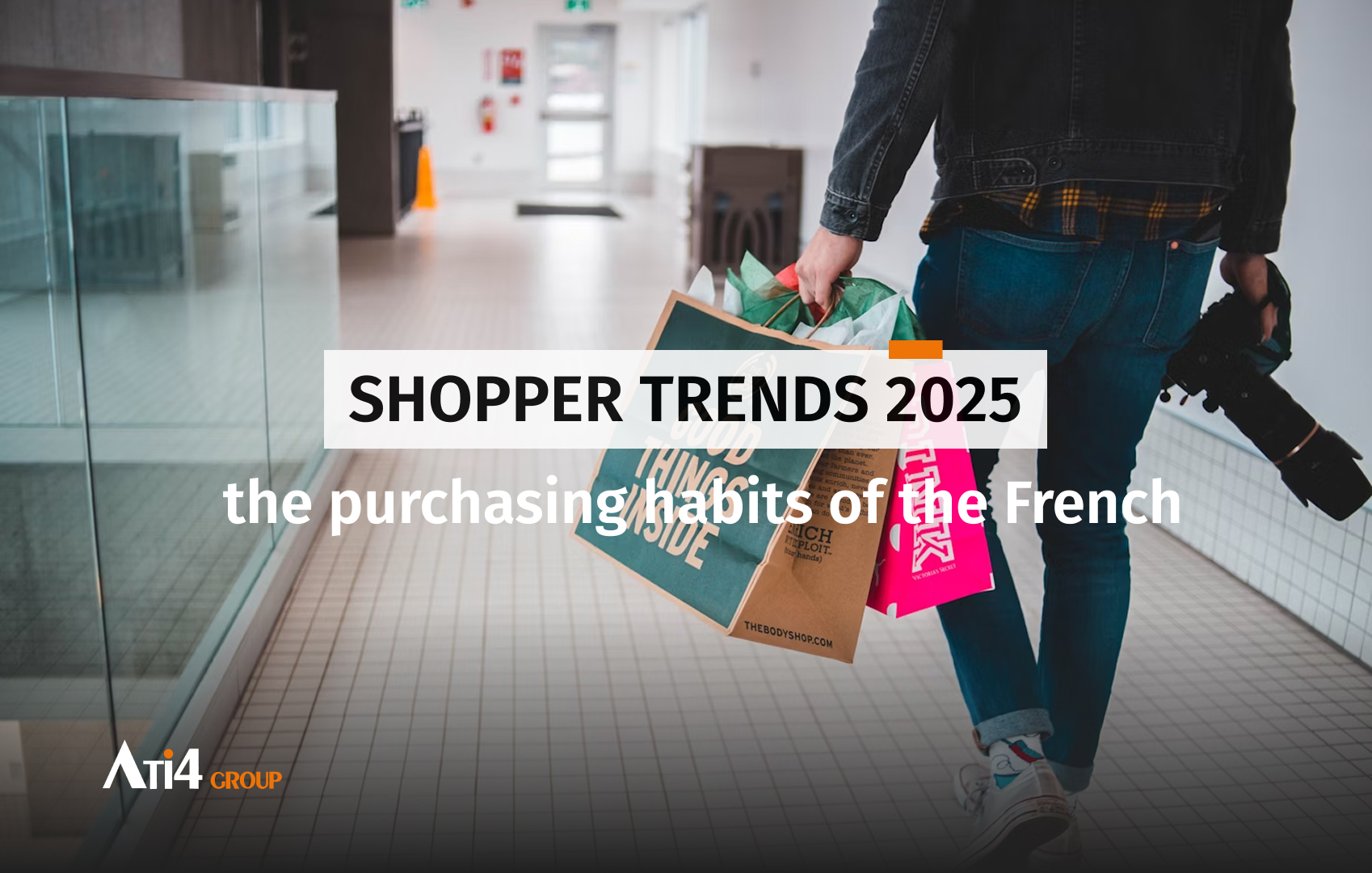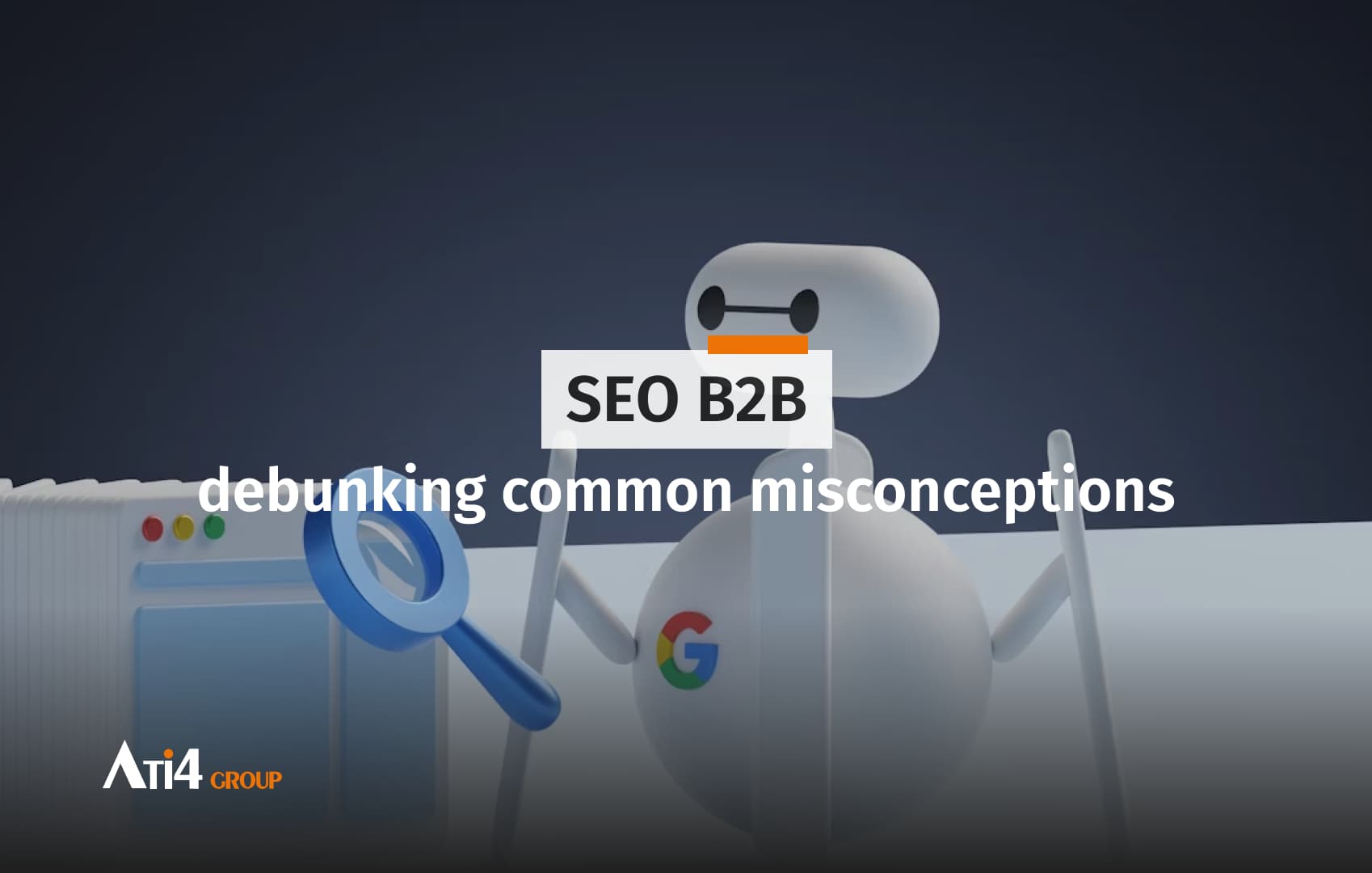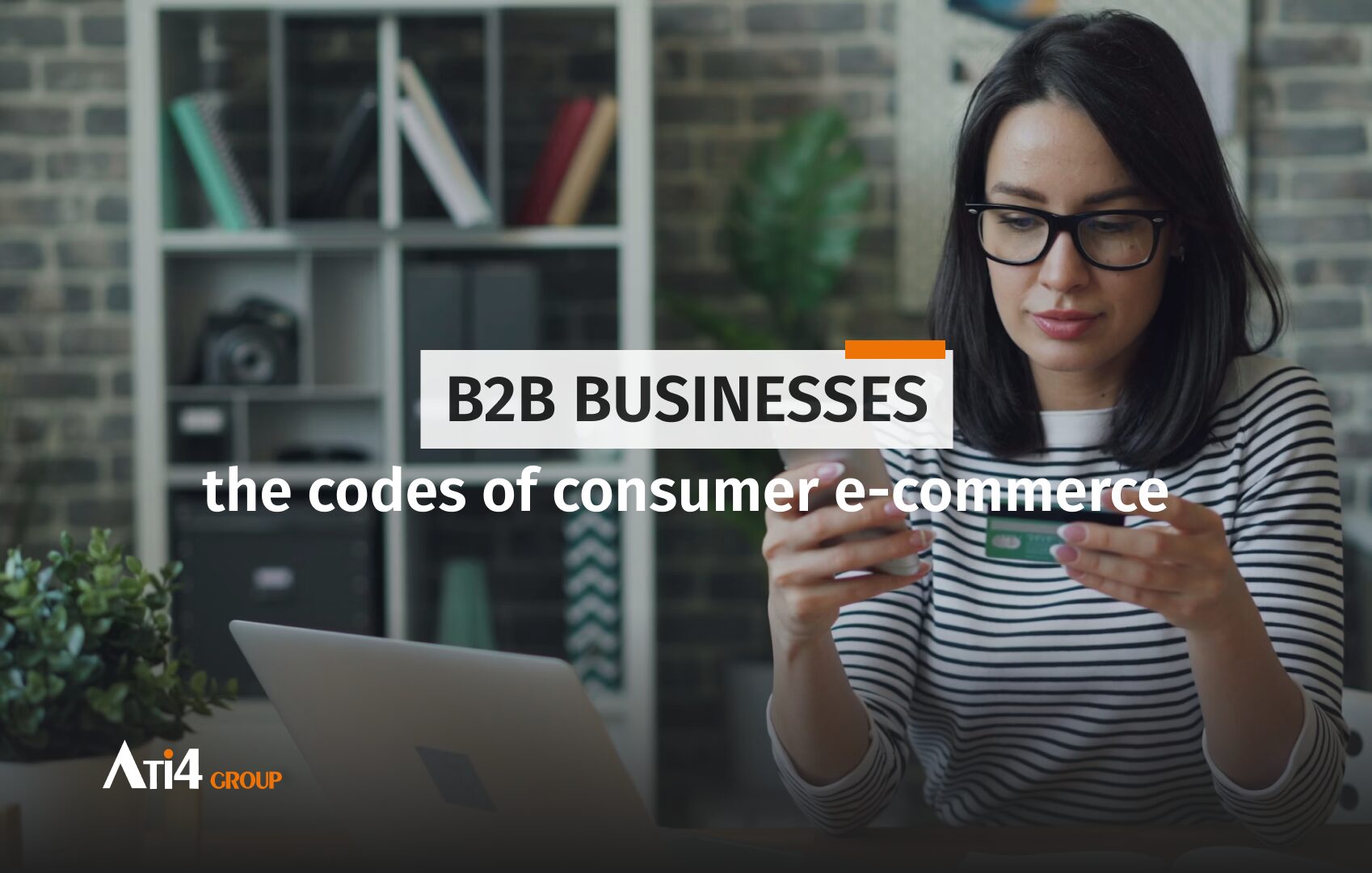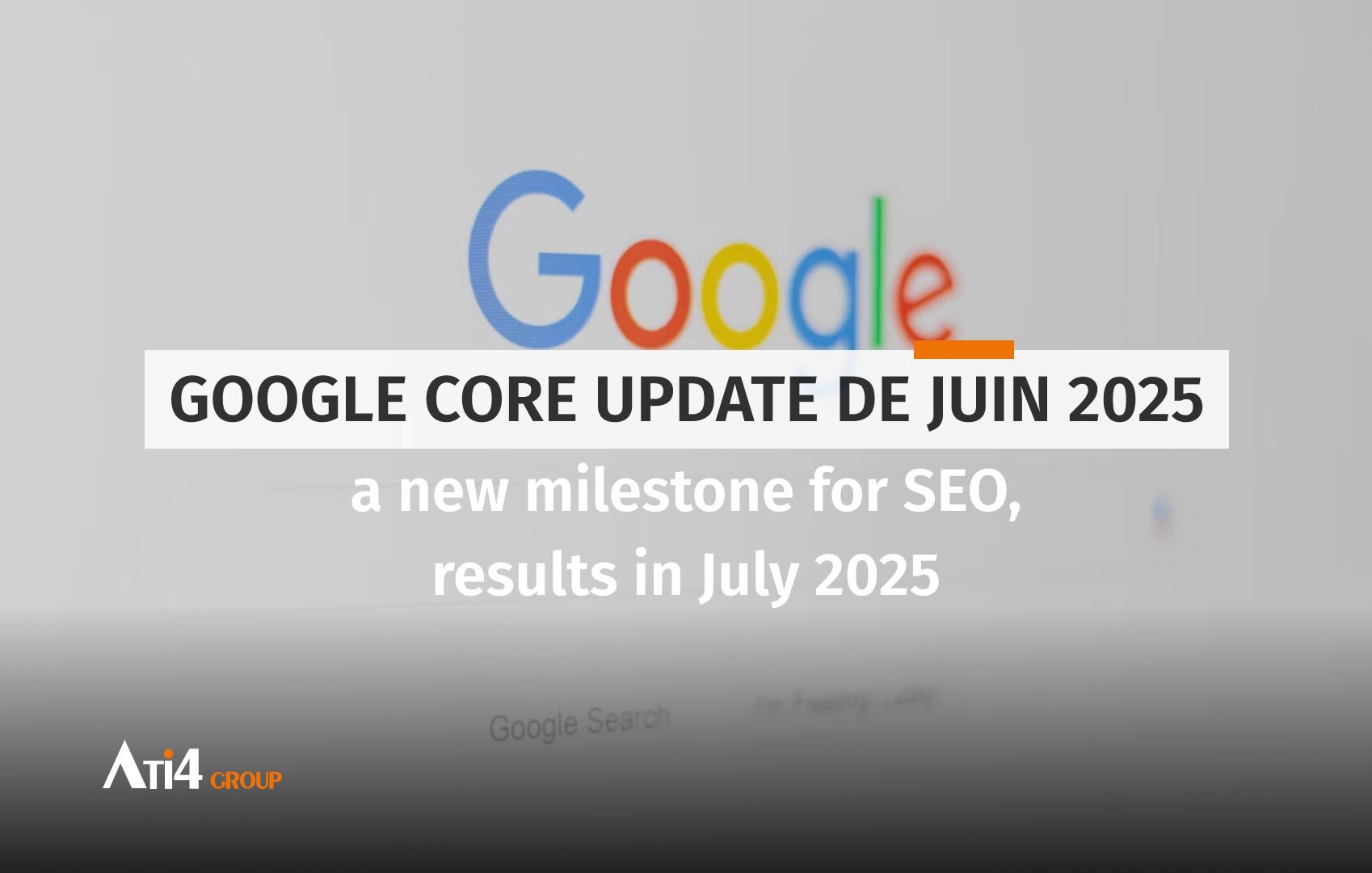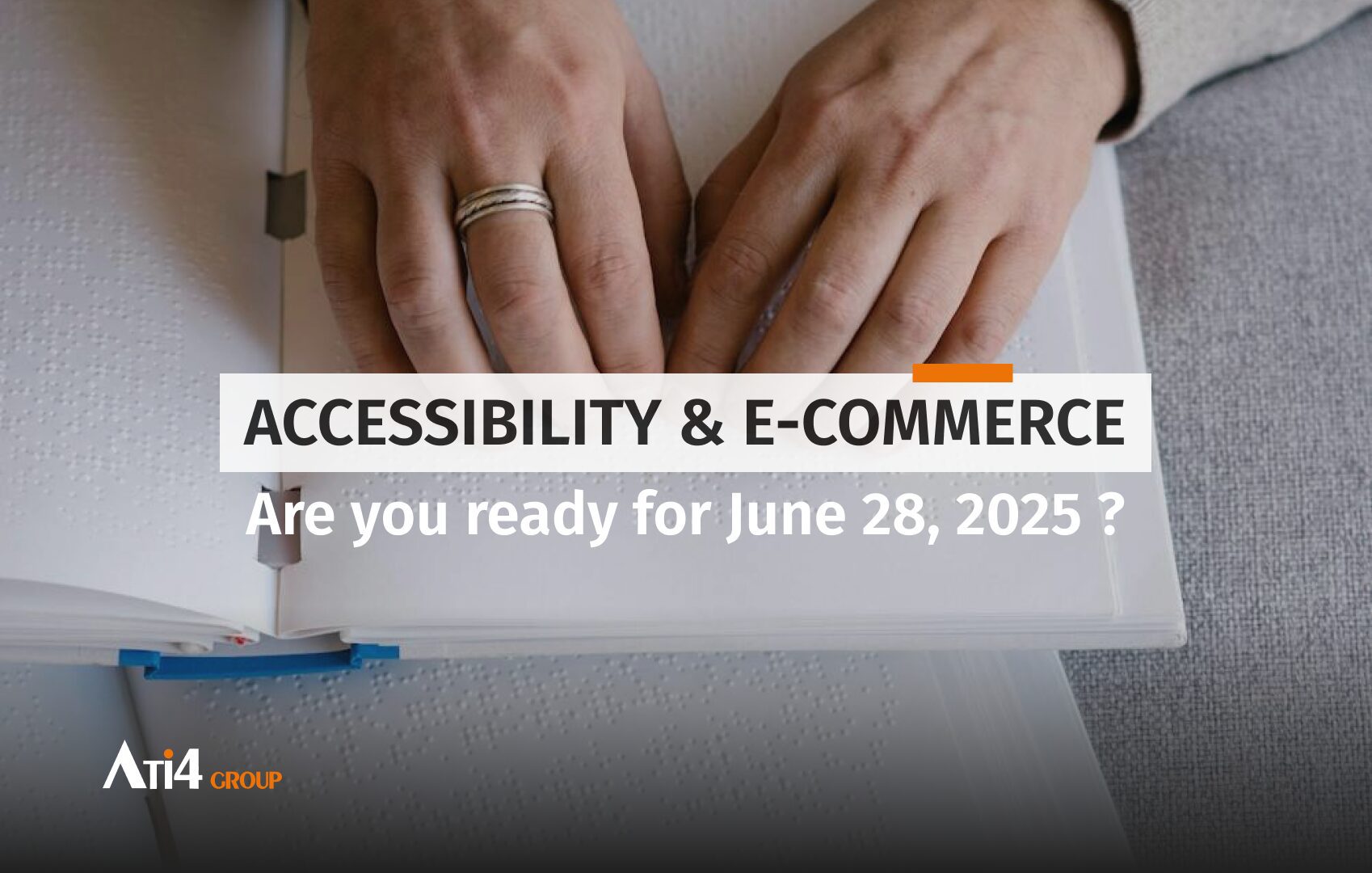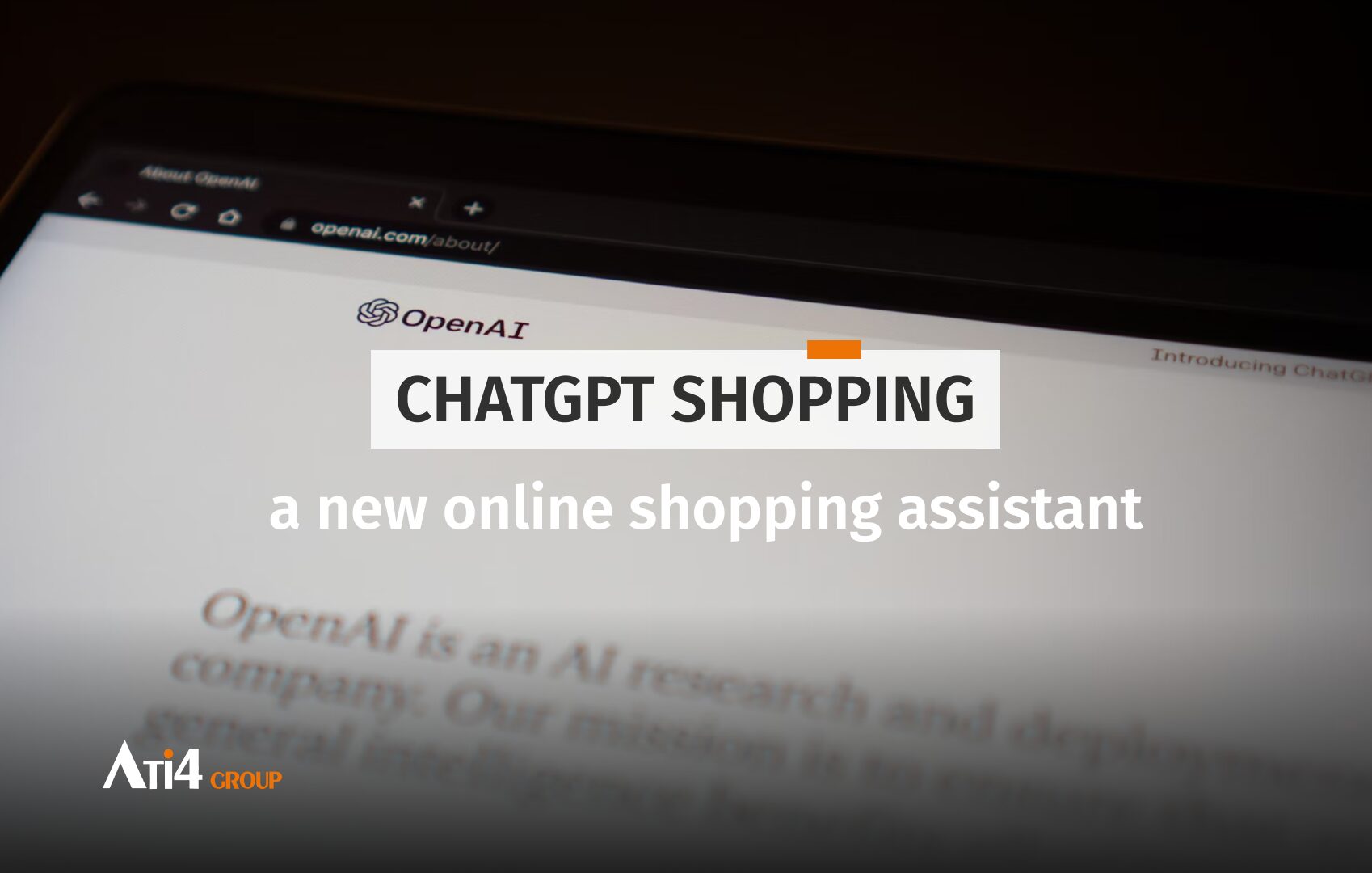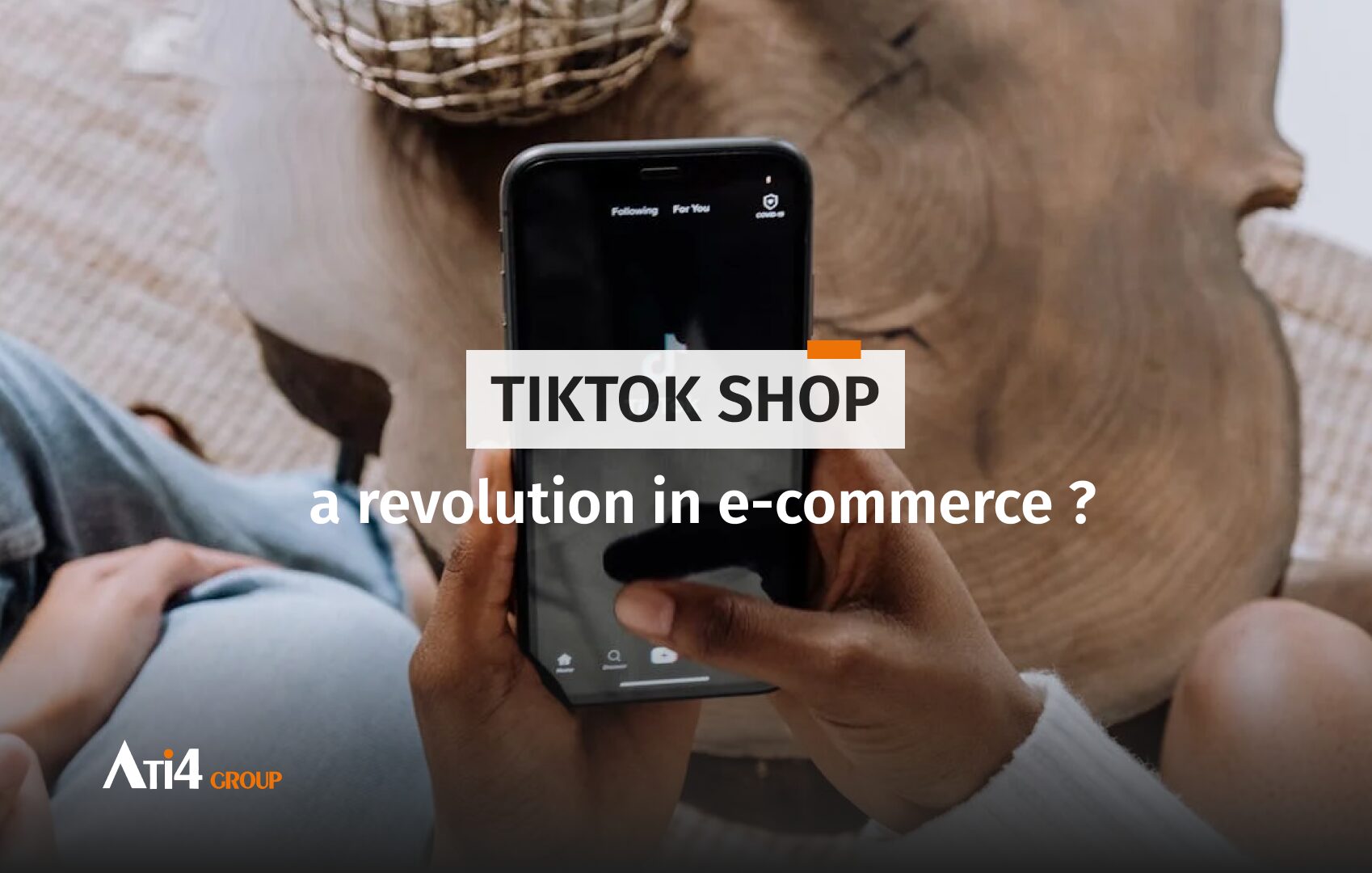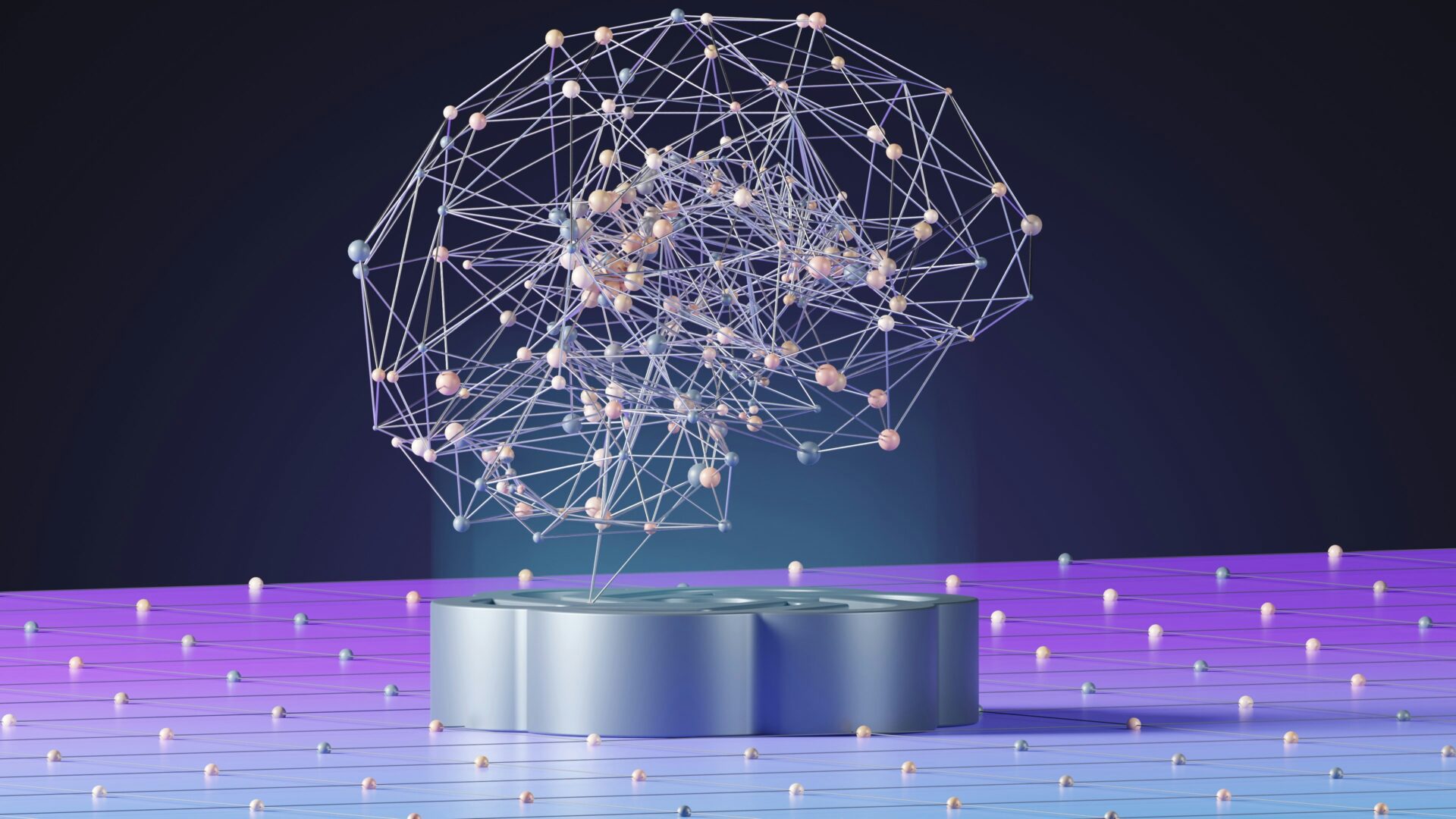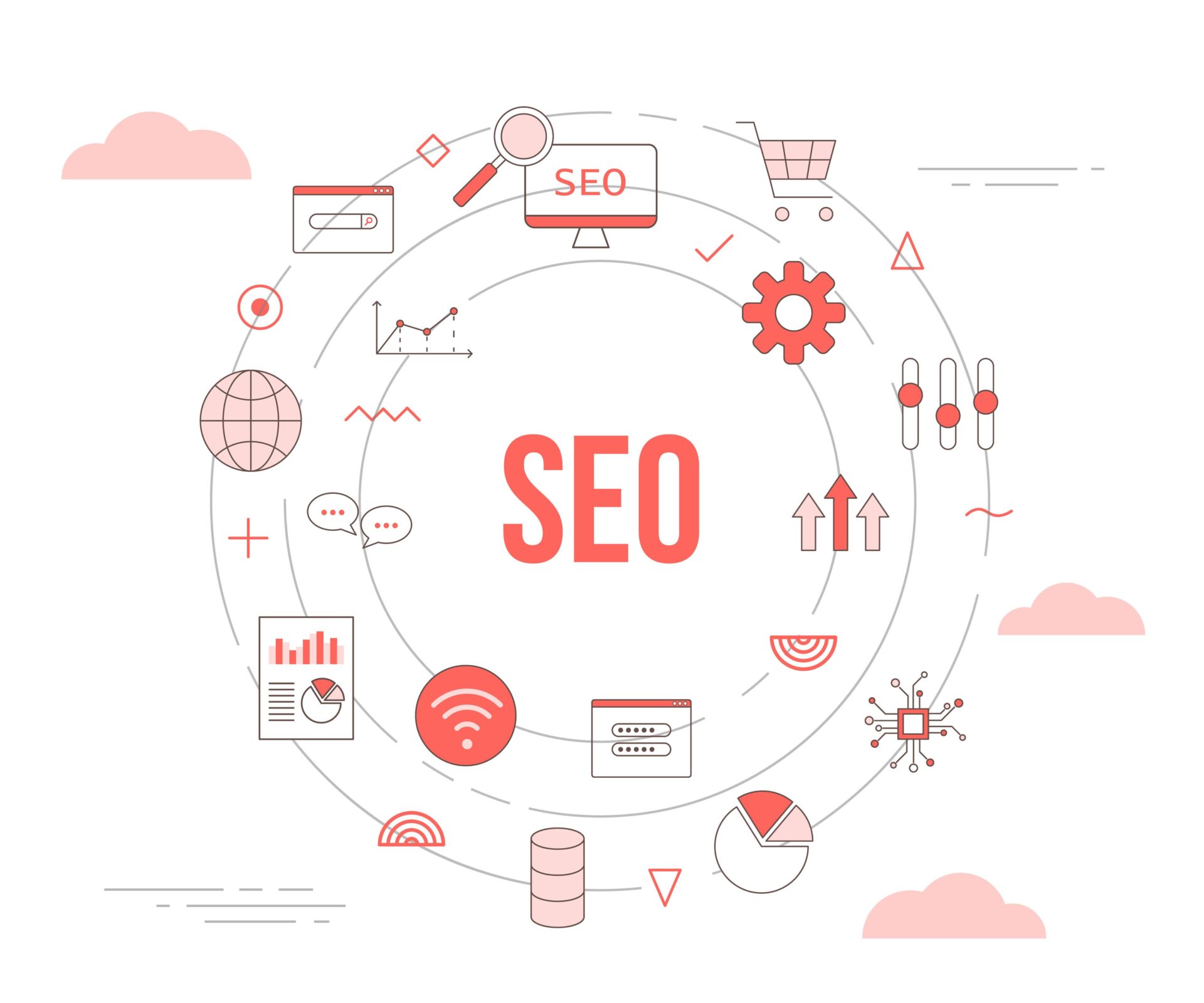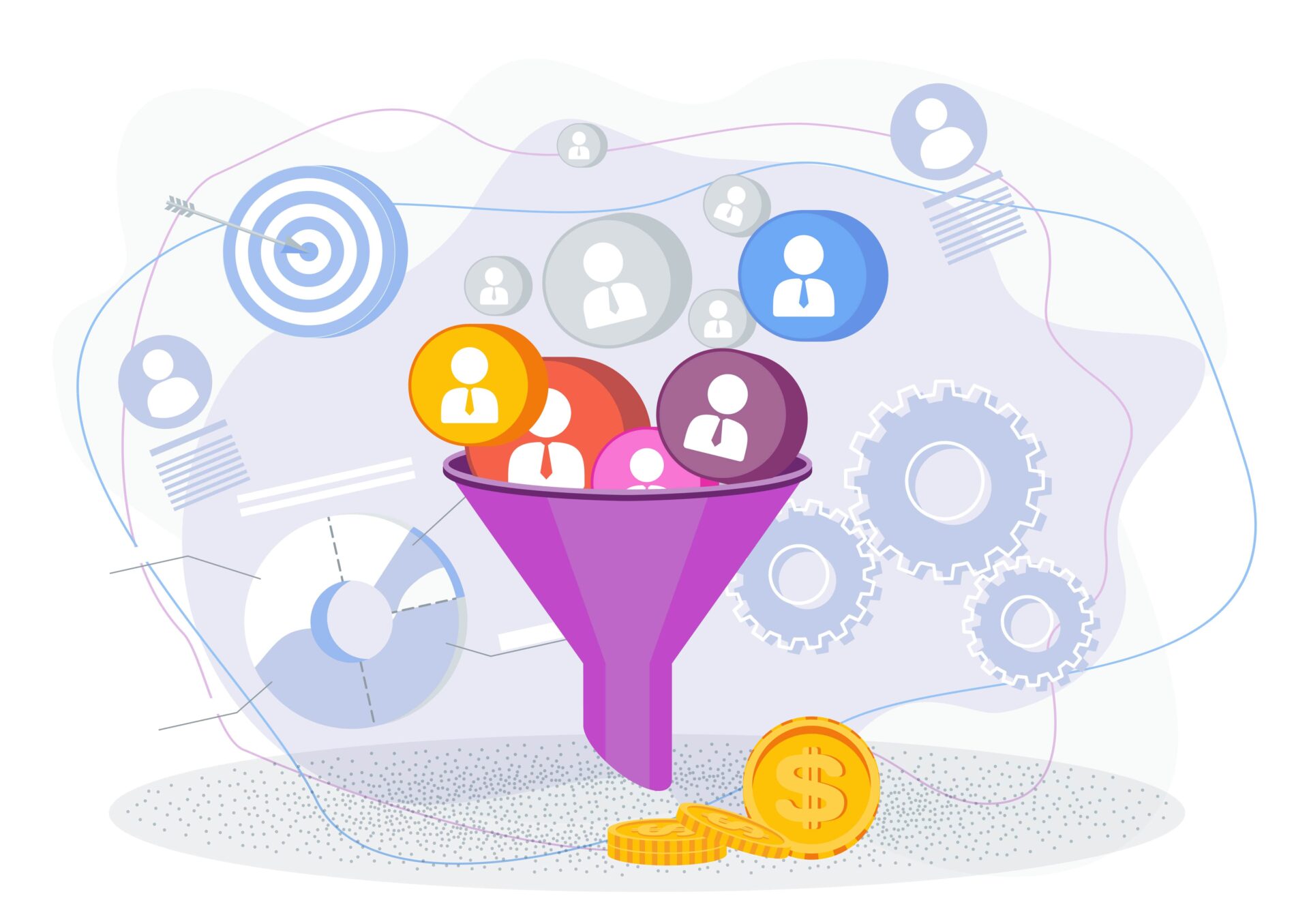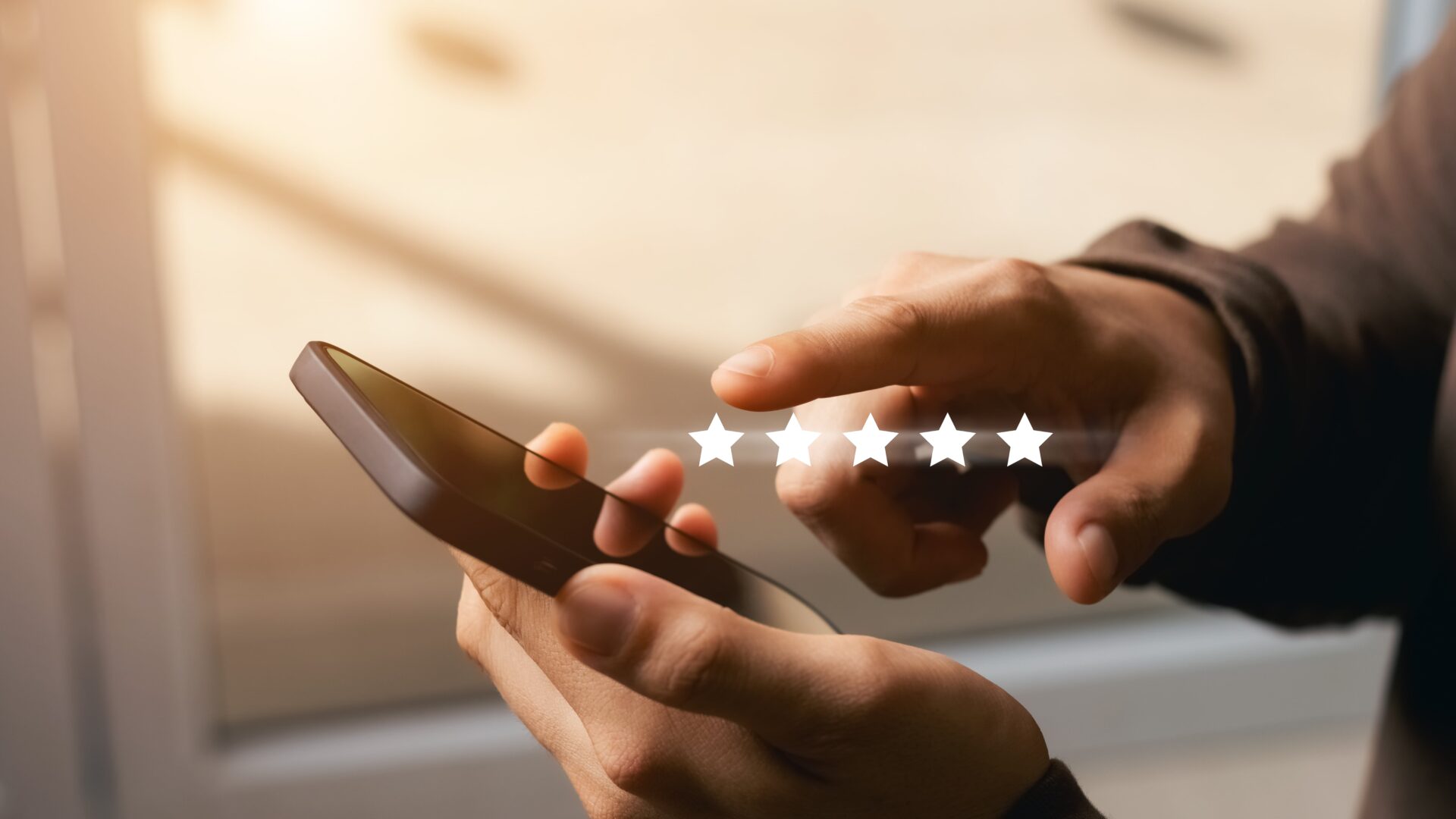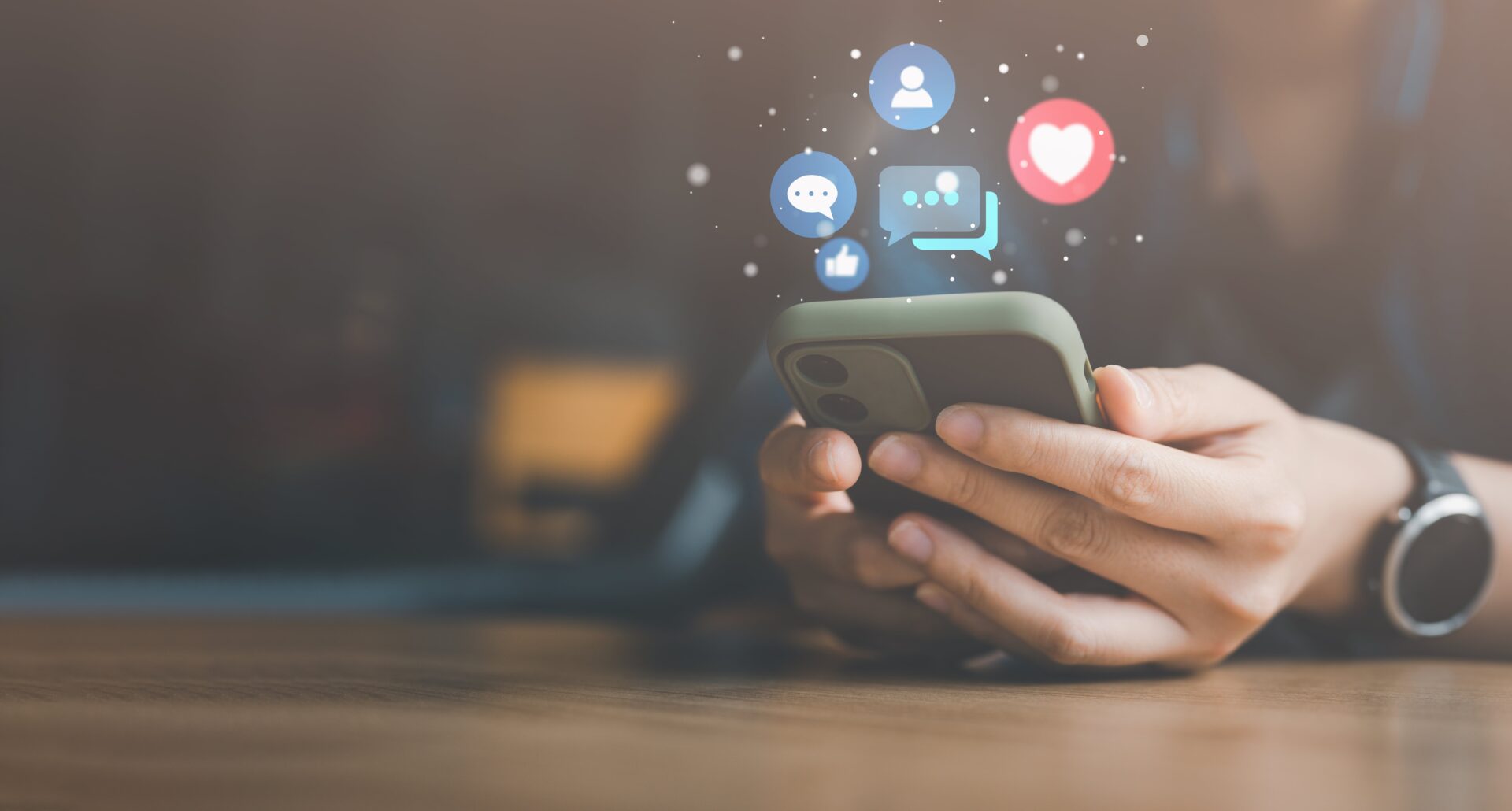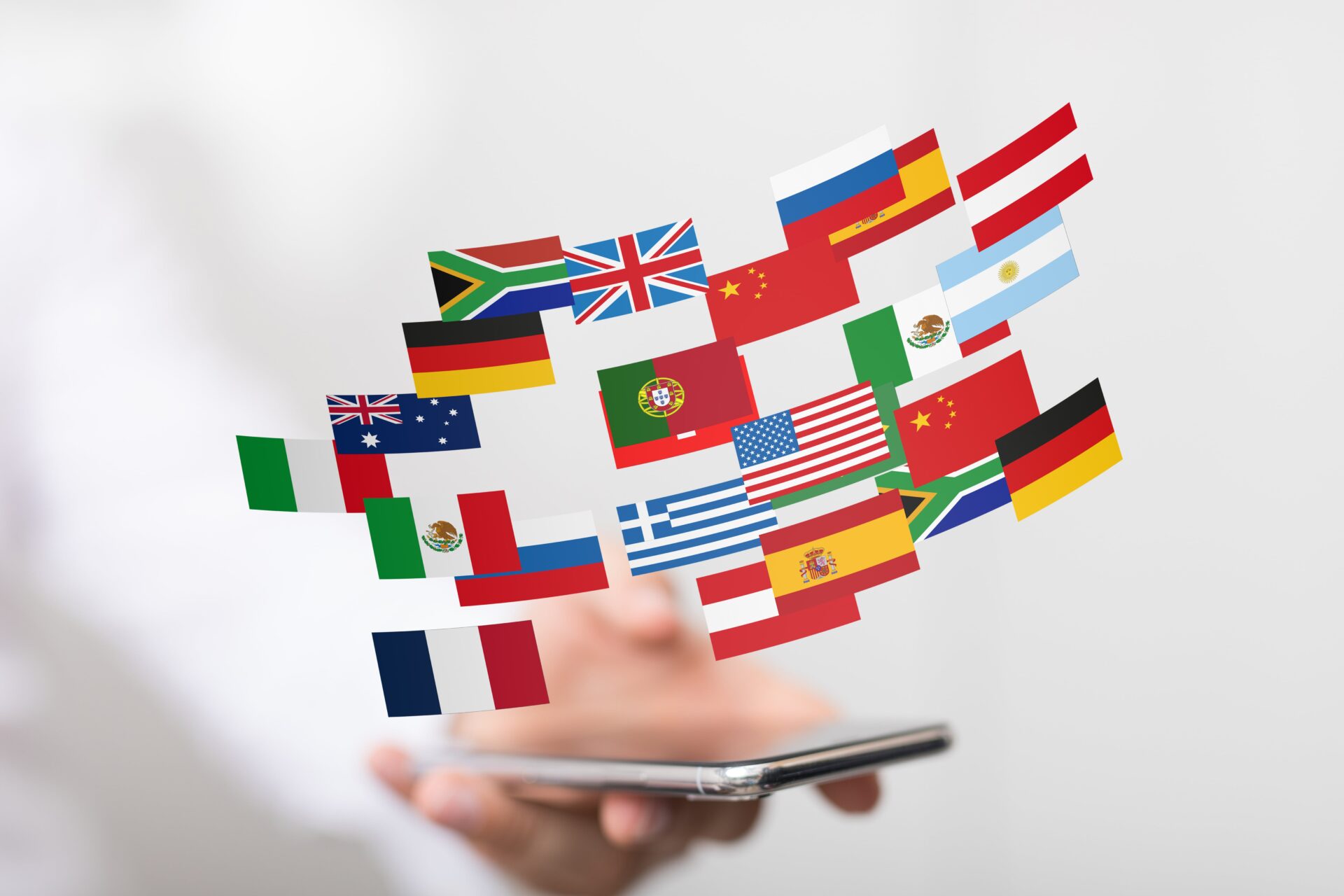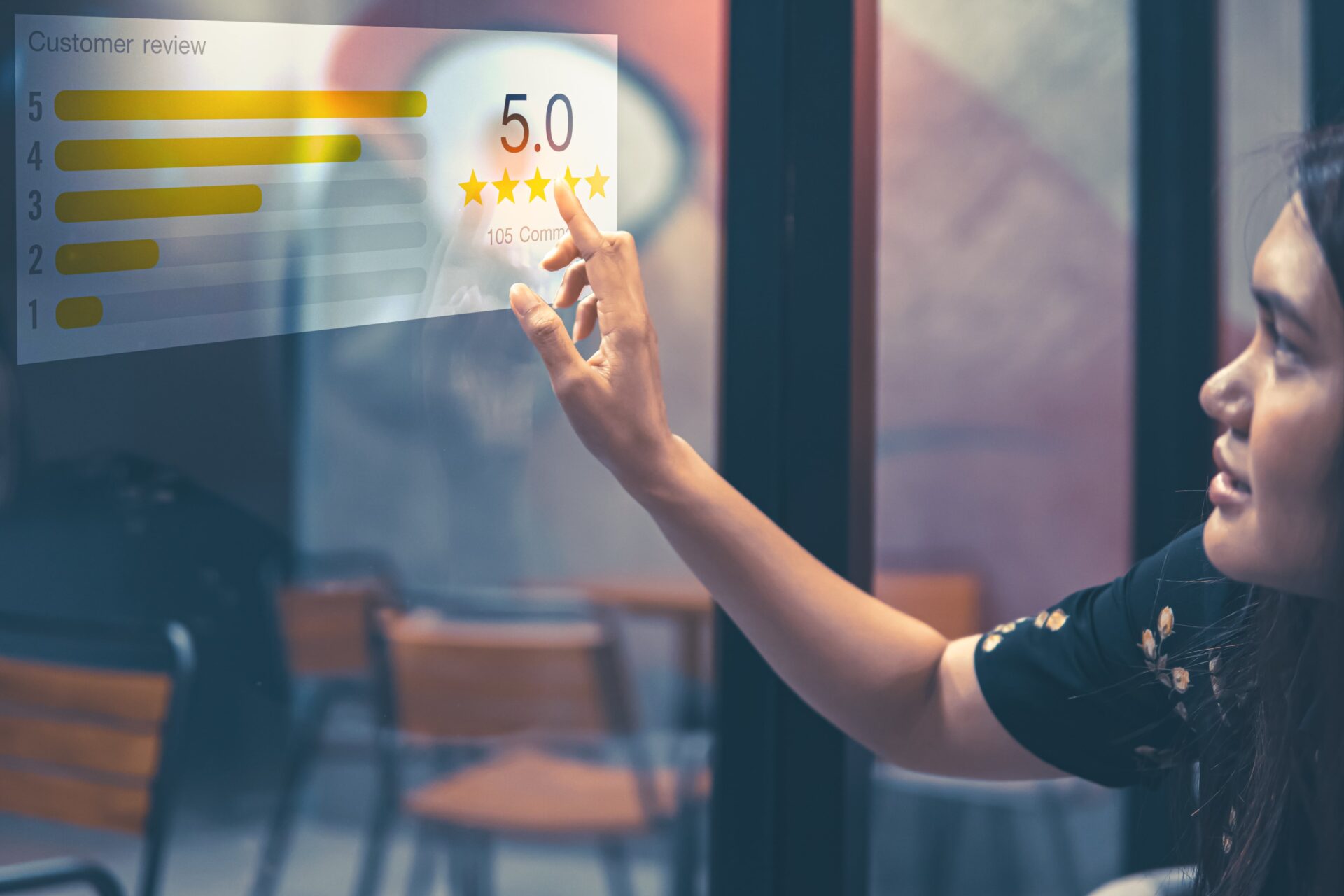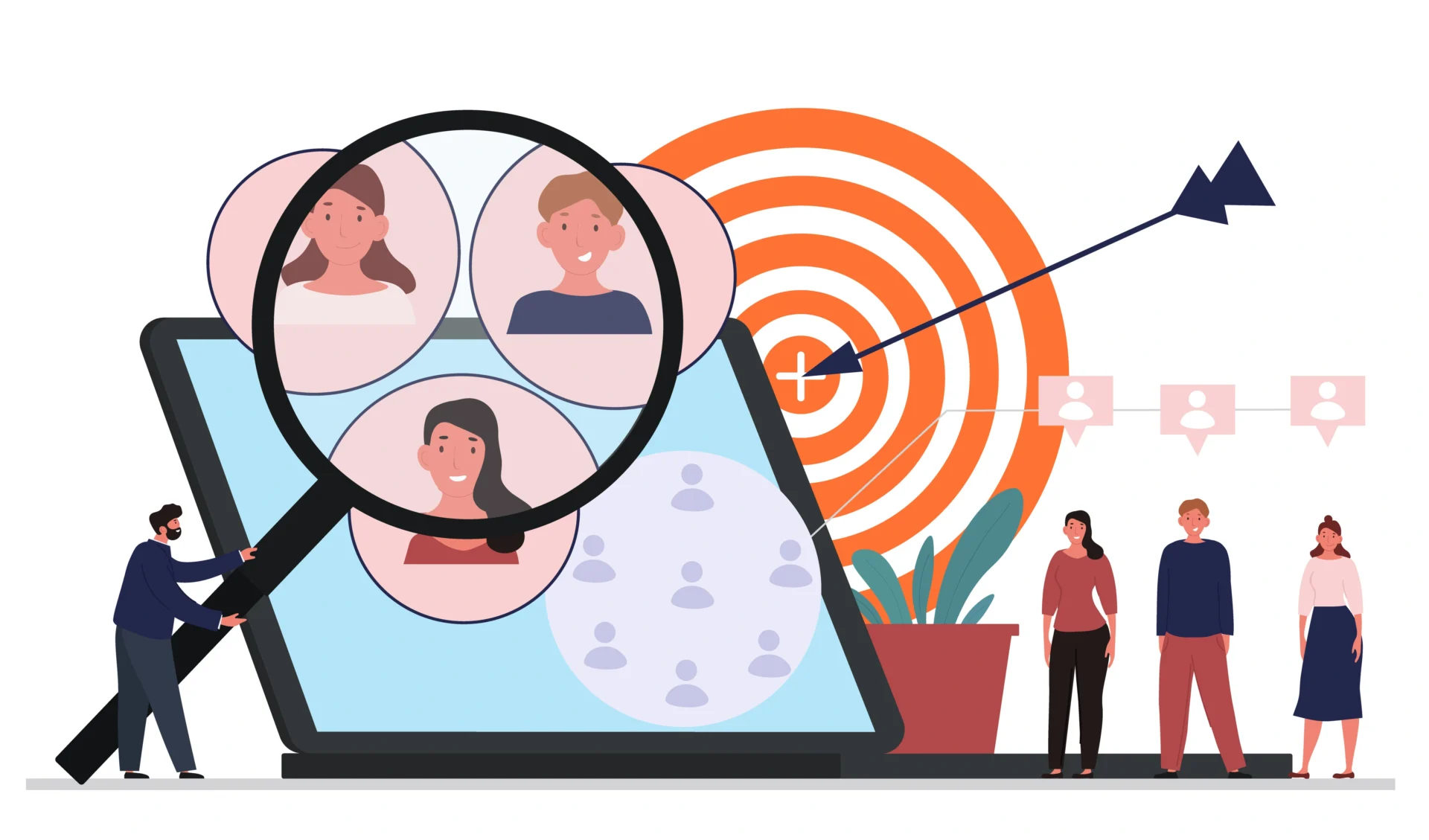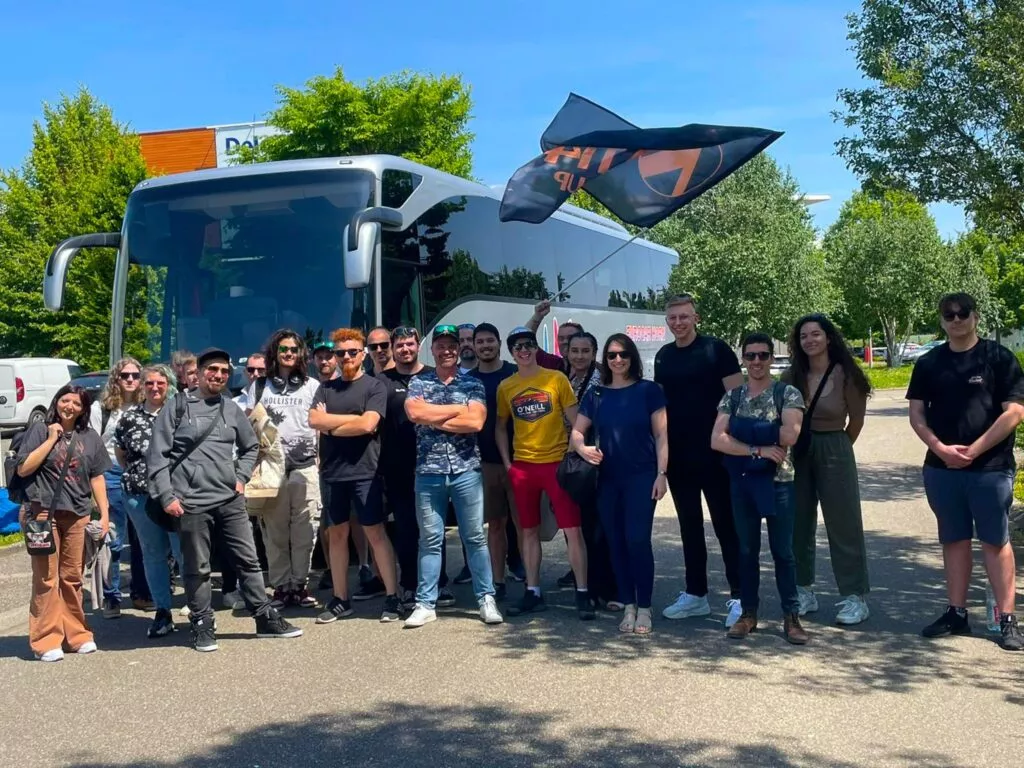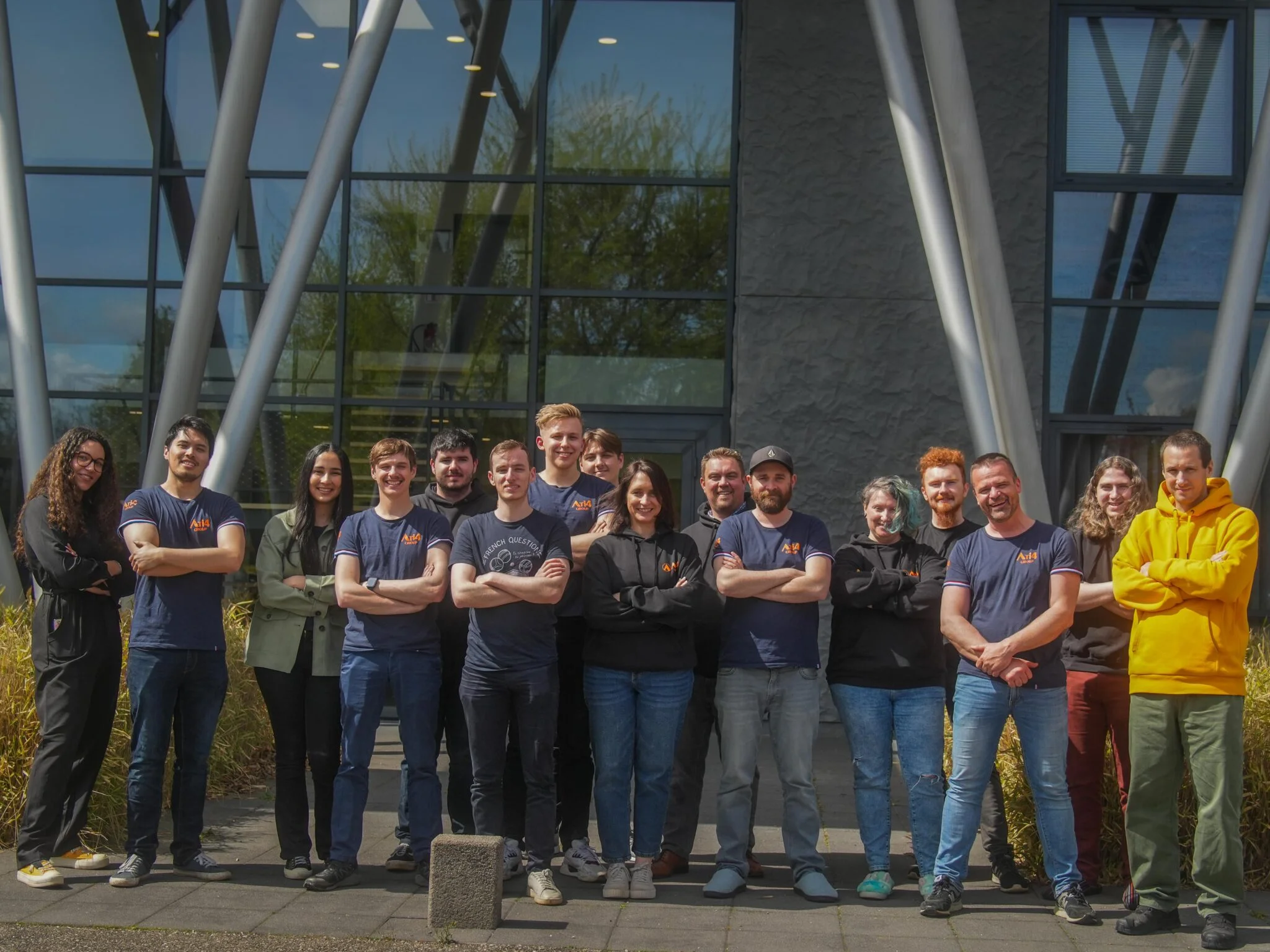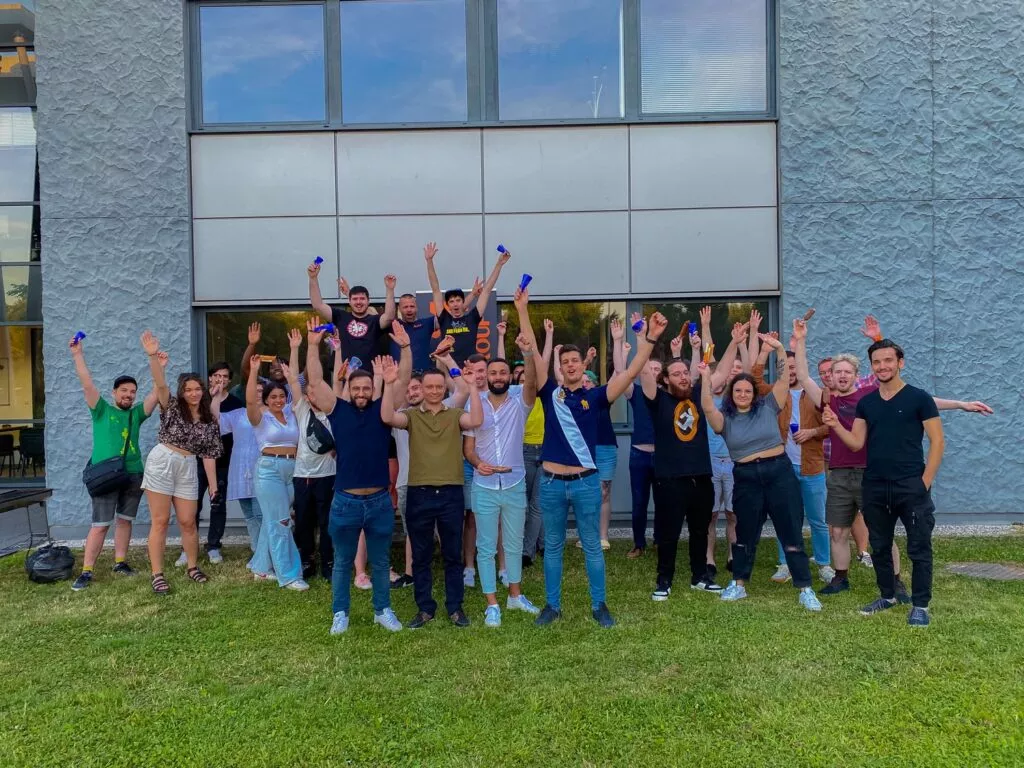B2B customer experience.

In the e-commerce sector, a silent but decisive revolution is underway. Professional buyers, accustomed to fluid and personalized B2C experiences in their daily lives, no longer accept the archaic purchasing journeys that still too often characterize B2B. Customer experience is no longer just a competitive advantage in B2B: it has become a fundamental requirement.
With potentially 74.4% of an organization’s total sales being made through digital commerce applications, B2B companies must rethink their approach to meet the expectations of a new generation of professional buyers. 64% of B2B buyers are millennials or part of Generation Z, a population widely familiar with digital technologies and expecting the same efficiency in their professional environment.
In the B2B world, where purchase cycles are long and decisions often collective, customer experience (CX) ceases to be a simple commercial argument: it becomes a vital differentiator. New generations of professional buyers expect the same fluidity, personalization, and responsiveness as in B2C – or even more. According to recent data, 86% of B2B buyers are ready to spend more for a quality customer experience and 68% admit to having changed suppliers due to poor CX (WiFi Talents). This shows the stakes for companies wishing to maintain their market share and stimulate their growth.
Towards a unified B2B and B2C experience
When boundaries blur
The digitalization of the B2B journey is now a requirement. A survey conducted among 500 B2B e-commerce leaders reveals that 77% consider digital transformation essential for success (Deloitte WSJ). This impetus is all the more crucial as professional buyers conduct up to 80% of their research online before contacting a salesperson.
A fluid, informative, and personalized digital experience doesn’t just accompany the customer: it convinces them before the first human conversation.
For a long time, the B2B world took refuge behind the complexity of its processes to justify poor user experiences. Phone orders, paper catalogs, endless negotiations… These practices now seem to belong to another era.
Although B2B involves transactions between companies, it’s actually about interactions between people. Decision-makers now seek in their work the same efficiency and innovation they appreciate in their personal experiences.
This transformation is not just about comfort: it responds to an economic necessity. Shortened purchase cycles, competitive pressure, and productivity demands push B2B companies to completely rethink their customer journeys.
Hybridization as the new norm
Rather than opposing traditional and digital marketing, the most successful companies now orchestrate an intelligent hybrid strategy. This approach recognizes that, even in an increasingly digitalized world, human relationships remain at the heart of B2B transactions.
Behavioral data analysis today allows digitally recreating this fine customer knowledge that was once reserved for field marketing. A company can thus observe that a customer segment regularly consults certain technical sheets, then automatically adapt its commercial proposals while preparing its teams for upcoming trade shows. The more you know your customers, the more you can personalize the experience on your e-commerce platform.
Personalization is no longer a luxury, it’s a standard. Recent statistics show that 66% of B2B customers would change suppliers in the absence of personalization, while 82% expect a consistent experience across all channels. Moreover, B2B organizations investing in customer experience benefit from a 21% higher conversion rate, translating to direct and sustainable growth.
The 5 pillars of successful B2B customer experience
1. Customer knowledge augmented by data
Traditional B2B marketing relied on field experience: trade shows, commercial visits, long-term relationships. This qualitative approach remains valuable, but it gains power when enriched by digital behavioral analysis.
Through navigation data, purchase histories, and interactions on professional social networks, it becomes possible to build an extremely precise 360° vision of each customer or segment. This knowledge allows transforming traditional commercial approaches (often perceived as intrusive) into contextualized and relevant conversations.
Concrete example: An IT solutions distributor identifies that a client company frequently consults cybersecurity content. This information can automatically trigger the sending of specialized content and inform the sales team to propose a security audit during the next contact.
2. Humanizing digital journeys
The major challenge of B2B digital is to preserve the fundamental trust relationship in an automated and scalable environment. This humanization involves several levers:
- Personalization: product recommendations based on actual usage, content adapted to expertise level
- Hybrid human support: intelligent chat leading to an advisor, direct access to a subject matter expert
- Contextualized communication: personalized emails with human signatures, content signed by real people
Some B2B platforms now integrate “digital twins” of their salespeople, allowing conversational interaction while preserving the possibility of direct human contact.
3. Convergence of touchpoints between physical and digital
The mistake would be to consider that digitalization signals the end of traditional marketing. On the contrary, the most innovative companies create powerful synergies between their traditional and digital tools.
We share some examples of always effective strategies:
- Paper catalogs with QR codes leading to digital configurators
- Trade shows as data collection points for personalized digital journeys
- Field demonstrations complemented by digital resources
- Telephone prospecting campaigns based on web behavioral data
Take the example of a construction materials company that offers a digital configurator accessible by QR code at its regional events. Salespeople can accompany clients on this tool and automatically generate personalized quotes integrating preferences expressed face-to-face.
4. Content marketing orchestrated for purchase
B2B is characterized by long purchase journeys, involving multiple decision-makers and requiring multiple validations. This complexity requires a sophisticated content strategy, capable of reaching each stage of the decision-making process.
The winning approach: Develop a common and complementary editorial line between physical and digital media. A brochure can introduce a downloadable white paper, an explanatory video can lead to a commercial demonstration, an email campaign can follow telephone prospecting.
The brand image consistency is fluid throughout the entire journey.
5. Centralized CRM intelligence
CRM becomes the central nervous system of B2B customer experience. To be effective, it must allow:
- Tracking online behaviors and capitalizing on human interactions
- Sharing a common knowledge base between marketing and sales teams
- Automatically personalizing communications according to customer history
- Managing hybrid campaigns (physical and digital) in a coordinated manner
Technological challenges of transformation
One of the major levers of this evolution is Product Experience Management (PXM). By relying on flexible and modular PXM solutions, companies can progressively replace their rigid legacy systems without having to engage in heavy global redesign projects. This modular approach allows adding or modifying functional blocks according to business needs, while guaranteeing always reliable, enriched, and up-to-date product information.
The benefit is twofold: on one hand, the company adapts more quickly to new buyer expectations, on the other hand, it integrates advanced technologies like artificial intelligence, augmented reality, or predictive analytics, without questioning its existing ecosystem.
This technological agility is particularly crucial in B2B, where use cases are complex and highly personalized. Today, it’s possible, for example, to propose product sheets adapted to each client’s business sector, activate dynamic conditional pricing, or generate custom technical documents according to distribution channel or the interlocutor’s expertise level. Such granularity in content and interaction personalization becomes a determining competitive advantage, in a universe where precision, contextualization, and trust are key decision criteria.
The future of B2B customer experience
Artificial intelligence and augmented reality emerge as the two major catalysts of the next generation of customer experiences. These technologies are no longer simply innovation gadgets: they become strategic levers serving productivity, precision, and customer engagement in B2B journeys.
Recent advances in generative AI open the way to a new era of customer interaction, where each contact can be hyper-personalized, contextualized, and instantly enriched. Where traditional tools rely on static rules or basic segmentation models, artificial intelligence allows building natural conversational experiences. Next-generation B2B chatbots are now capable of understanding complex requests, often highly technical, cross-referencing this information with product data and purchase histories, to formulate adapted and high-value responses.
Meanwhile, predictive recommendation systems, fed by massive volumes of usage data, become capable of anticipating customer needs before they even express them. Generative AI also enables dynamically generating custom product content, with technical sheets adapted to the visitor’s profile, sector, or language. Time-to-market is therefore shorter.
Of course, this automation does not replace humans, but it reinforces them, by freeing sales and marketing teams from repetitive tasks and providing them with the right insights at the right time.
Alongside AI, immersive technologies, particularly augmented reality (AR) and virtual reality (VR), redefine the contours of product demonstration and decision-making in the B2B universe. Long confined to entertainment or B2C retail, augmented reality becomes today an extremely relevant tool in complex purchase cycles, where product visualization, usage context, and projection assistance are key elements.
Thanks to these tools, companies offer an immersive experience of their products: a buyer can visualize a machine in their factory before installation, evaluate dimensions, interactions with their environment, or simulate usage scenarios. This 3D visualization improves product understanding and accelerates decision-making since the customer faces fewer uncertainties.
This shift towards visual and interactive experience fits into B2B logic: helping to sell complex products, with long life cycles, in contexts where technical understanding is important and trust, indispensable.
B2B customer experience is no longer a simple accessory aspect of commercial strategy: it is now at the heart of growth, differentiation, and loyalty dynamics. Like what happened in B2C, the B2B model is gradually shifting towards a more fluid, more personalized, and more user-oriented universe, driven by professional clients now accustomed to digital, fast, and frictionless purchase journeys.
This paradigm shift requires companies to undergo a profound transformation, which goes far beyond simply adopting technological tools. What’s at stake here is the ability to build a unified vision of customer relationships, to align sales, marketing, and technical teams around a common strategy, and to offer a consistent experience across all channels, whether digital or physical.
It’s not about opposing digital and traditional, but making them converge. A hybrid approach, which combines the power of data, intelligent automation, and the richness of human interactions, now constitutes the foundation of an effective B2B customer journey.
At ATI4 Group, we support B2B companies in this transformation, from omnichannel customer experience strategy to operational implementation (platforms, content, PIM, CRM, automation, performance analysis).
Do you want to offer a B2B customer experience worthy of today’s and tomorrow’s challenges?
Find out what’s new at the company.
Because mixing fun and work is at the heart of our philosophy, we always try to make a special place for it in our business life.

